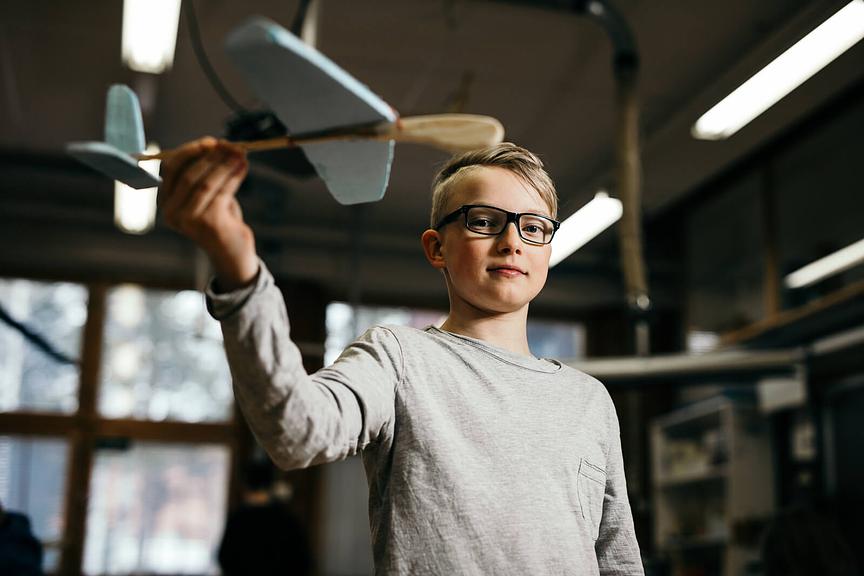Co-teaching is one of the more interesting forms of 21st century teaching. It is not a new phenomenon, but the way it helps with stress management and teacher development makes it all the more useful today. Co-teaching supports efficient differentiation, helps make more interesting and varied lessons and makes it easier to react to changing circumstances.
Comprehensive co-teaching is a model in which two classes are taught together by two teachers. In this model, teachers brainstorm, plan, and carry out instruction together. It helps the teachers take advantage of their strengths and put student strengths into the spotlight.
Peer support, trust, and shared teacherhood is crucial so that both teachers’ strengths and skillsets are used to their full potential. Through collaboration, ideas turn into good lessons and the responsibility for educating children, evaluating them, lesson planning and teaching lessons can be shared. Co-teaching at its best can promote the growth of students and student co-operation.
Teachers Paula Vorne and Kaisa Loponen, who have collaborated for eight years at the Oulujoki school, have created a comprehensive model for co-teaching. They share a similar perspective on learning and a desire to grow and develop themselves. This creates a natural foundation for co-teaching.



